Billfish are among the most interesting marine species, recognized for their prominent bills and their popularity among anglers. As a highly targeted species, it is crucial to understand why their conservation is important.
Billfish are a group of predatory fish known for their prominent bills, or rostrums, which resemble long swords or spears. Most of these awe-inspiring marine creatures belong to a group of fish under the Istiophoridae family. Ranging across various oceanic regions, they are both revered by sport fishers for the challenge they present and studied by scientists for their unique attributes.
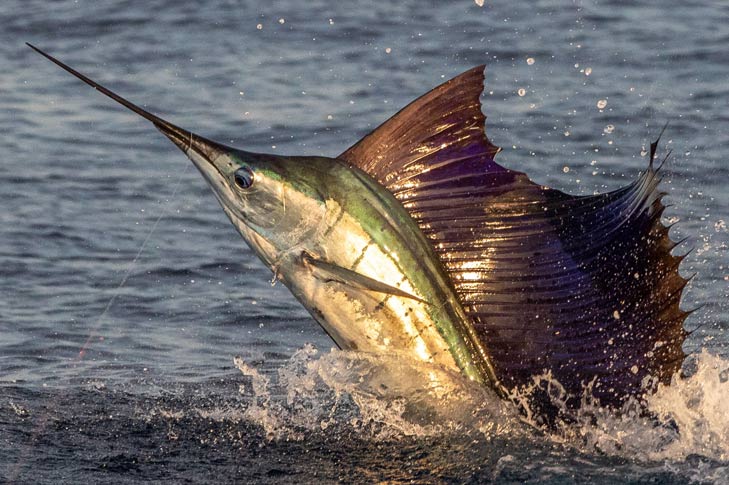
There are seven main species of billfish, with an additional five subspecies. While some are easy to identify, others require a much closer look!
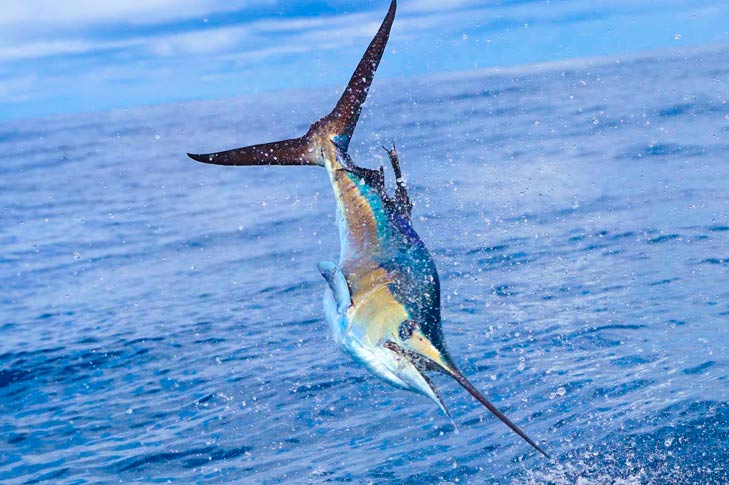
From their elongated rostrums, huge oceanic migration capabilities, and the ability to generate rapid bursts of speed, these fish have earned the title of an apex predator.

Found worldwide, billfish tend to spend most of their time in tropical and temperate waters deep offshore within the epipelagic zone. Their exact habitat ranges depend on the species.
There are seven main categories of billfish, with an additional five subspecies. They’re found all across the world, ranging in size from a few feet to more than 15 feet! Click on a species below to learn more about them.
In essence, billfish are equipped with a suite of physiological and behavioral abilities that position them as formidable predators and resilient inhabitants of the oceans. Their continued existence, honed by millions of years of evolution, stands as a testament to nature’s incredible design capabilities.

Among the top-tier when it comes to speed in the aquatic environment, certain billfish species can reach speeds up to 70 mph (112 km/h). This swiftness allows them to chase down agile prey like squids and smaller fish.
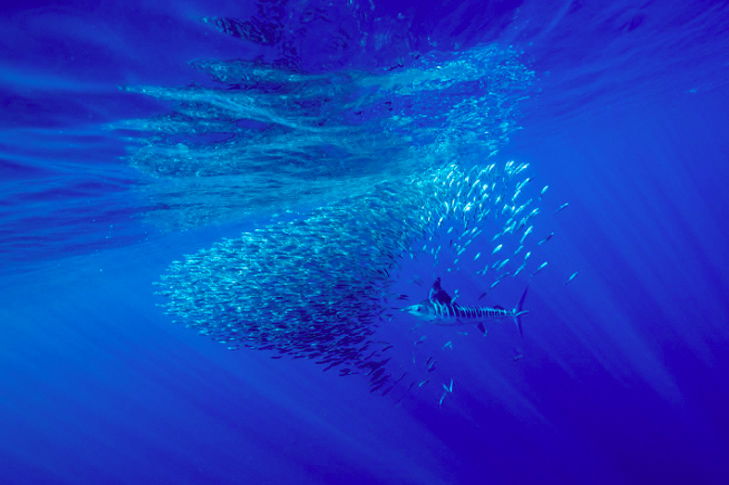
Billfish are remarkable hunters, equipped sword-like bills and strategic ambush herding maneuvers. This unique combination allows them to minimize energy expenditure while maximizing their rewards.
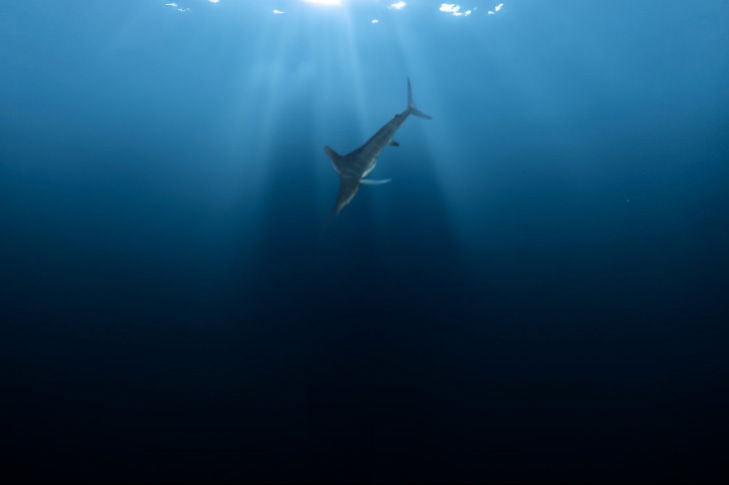
While they are commonly found near the surface, billfish can dive to considerable depths to pursue prey or evade predators. This adaptability allows them to exploit various layers of the ocean for food.
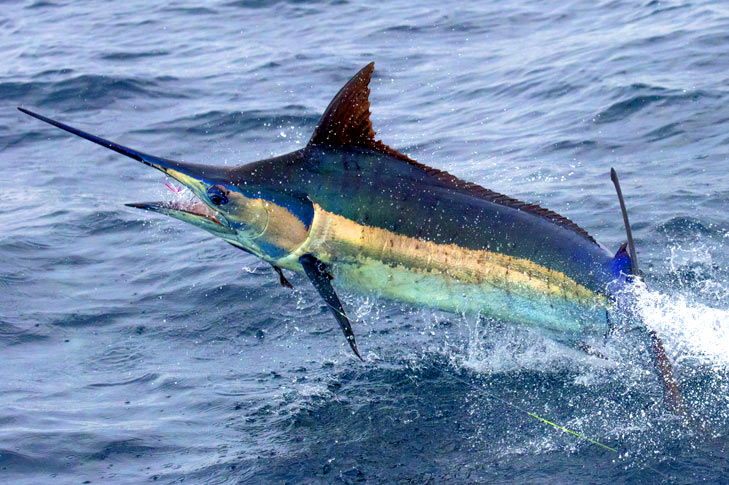
Ranging in size from the smallest spearfish to the largest blue marlin, different body sizes reflect a billfish’s adaptive strategies and ecological niches within the marine environment.
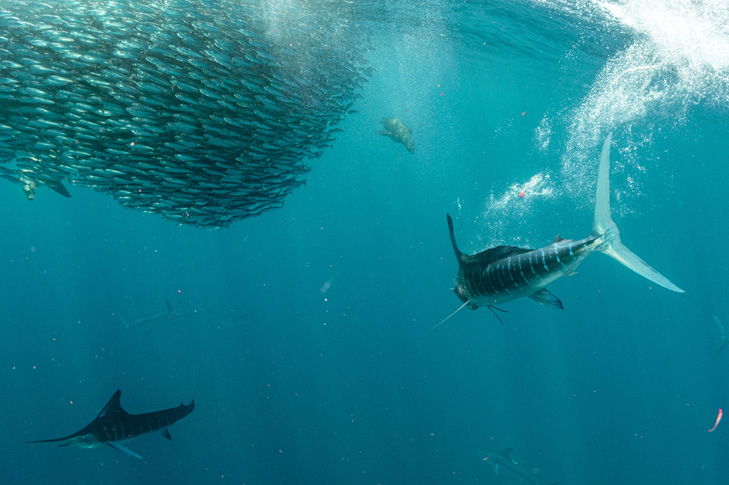
Certain billfish have the ability to regulate their body temperature. Referred to as an endothermic adaptation, this allows them to venture into colder depths, giving them a broader hunting range and advantage whilst hunting.

Billfish can rapidly change their coloration thanks to special cells in their skin called chromatophores. This ability helps them blend into their environment, becoming almost invisible to both prey and predators.
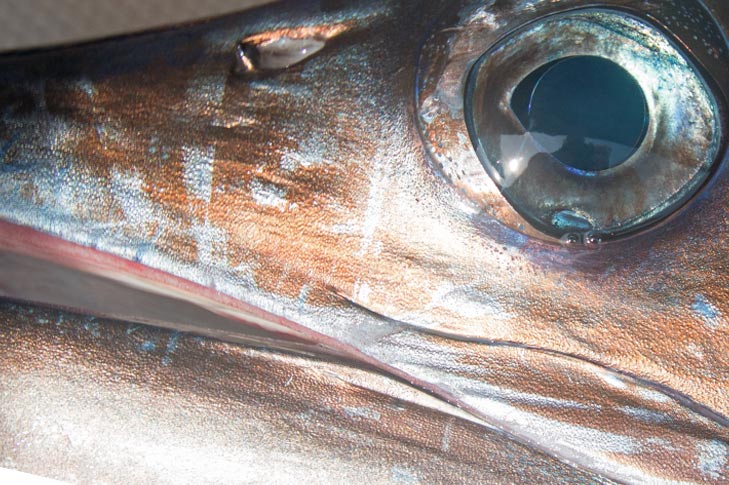
Billfish have some incredible advantages when it comes to the marine environment. Excellent vision and a lateral line capable of detecting vibrations in the water are just a few that help them thrive in difficult conditions.
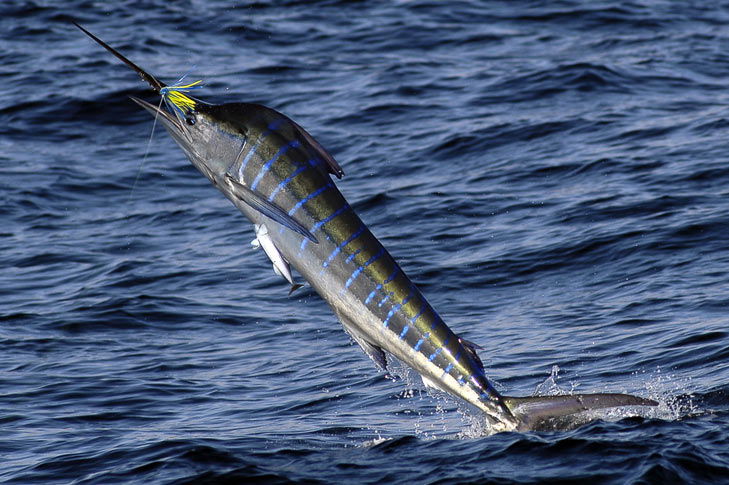
Known as a Highly Migratory Species, billfish have the ability to migrate long distances – sometimes thousands of miles!
Billfish inhabit warmer oceanic waters, though their exact range depends on the species. They are pelagic, meaning they spend most of their lives in the open ocean, far from coastlines. Often, they are found near the surface but can dive to significant depths in search of prey.
Join our tag and release program to keep up to date with billfish migration patterns, catches, and more.

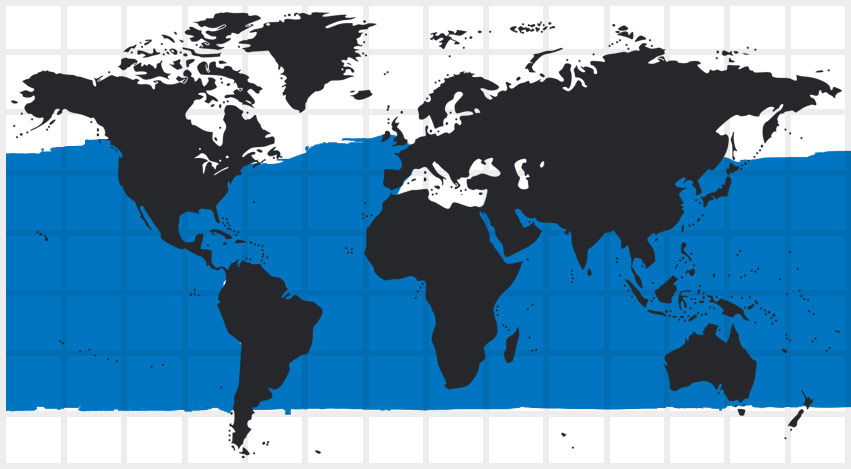
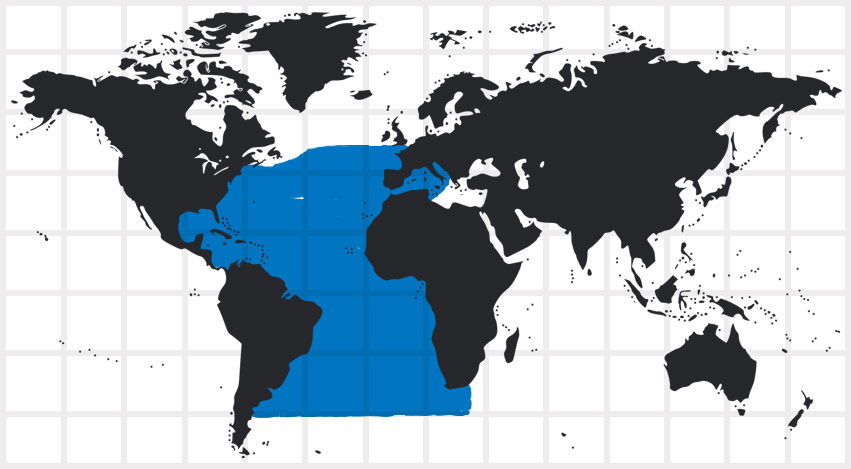


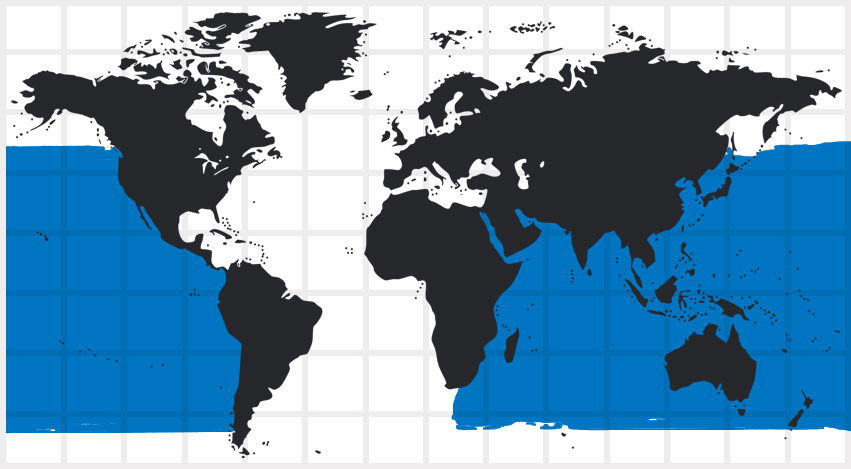
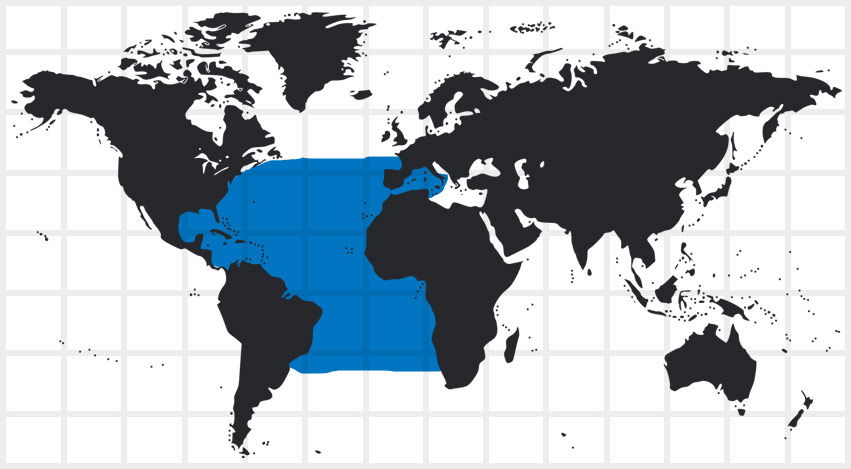
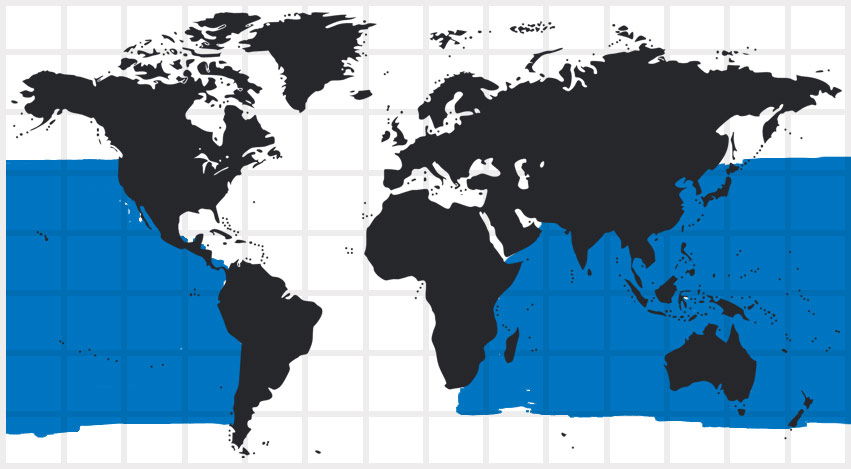
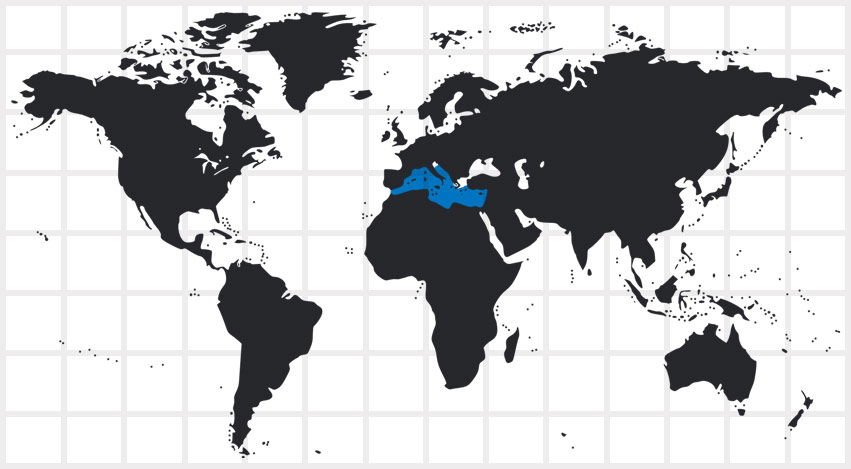
Become a member today and access the most current editions of our magazines!
Excite and inspire your students or campers with an interactive journey into the captivating realm of billfish conservation! Our team will visit your school or camp, bringing with us engaging hands-on techniques that bring the magic of the oceans right to your doorstep.
Excite and inspire your students or campers with an interactive journey into the captivating realm of billfish conservation! Our team will visit your school or camp, bringing with us engaging hands-on techniques that bring the magic of the oceans right to your doorstep.
Looking to volunteer, apply for an internship, or qualify for a scholarship? Whether you need volunteer hours, are looking for field experience, or just have a passion for angling and conservation, we’re here to try and help! Click here for more information.
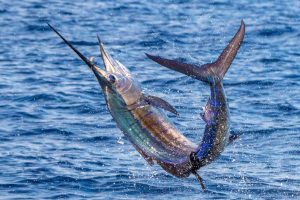
For undergraduate and graduate students with a passion for responsible ocean management and fish stewardship.
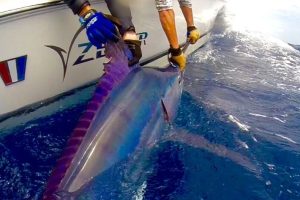
Get involved with TBF’s upcoming events, regardless of experience or age.
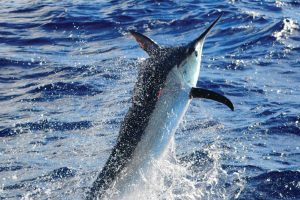
For an active Ph.D. student whose research focuses on billfish or swordfish.
There’s a high likelihood the tuna or swordfish you’ve ordered at a supermarket or restaurant has negatively affected billfish in the process. While some fisheries are far better than others at reducing the capture of non-target species, known as bycatch, the best thing you can do is learn where your fish are coming from. Click below to learn more.
There’s a high likelihood the tuna or swordfish you’ve ordered at a supermarket or restaurant has negatively affected billfish in the process. While some fisheries are far better than others at reducing the capture of non-target species, known as bycatch, the best thing you can do is learn where your fish are coming from. Click below to learn more.